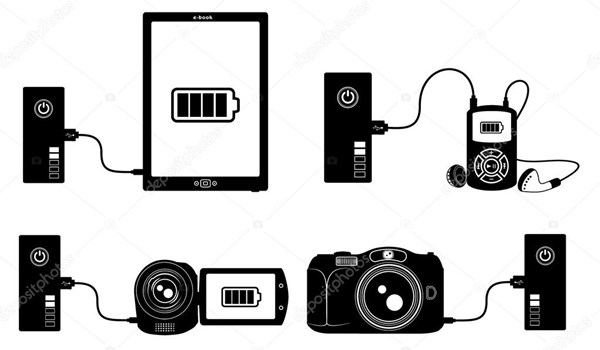Battery hacks to save your camera or mobile battery charge during treks in cold conditions
Have you faced an instance, when you want to capture moments of a trek in the Himalayas, but you have a dead battery? Or you are going for your first Himalayan trek? Following few DO’s & Don’ts you can solve this problem to a great extent.
The Problem:
Cold and damp conditions on trek routes reduce battery performance significantly. Be it your:
- DSLRs or Point & Shoot cameras
- Smartphones
- Power banks
- Any electronic gadget which uses a battery (fixed or removable).
To give you an estimate, say you click around 500 photos ( in Kolkata, Bangalore or Mumbai etc, not too hot or cold) in your camera or smartphone using one full battery cycle. You may end up clicking 250 to 350 photos on trek routes, if you don’t preserve the battery.
To add on, trek routes are remotest part in the Himalayas. Apart from very few Tea House treks like Sandakphu or Valley Of Flowers, you will not get any charging facility during the trek. So you need to be prepared accordingly.
Saving DSLR’s and Point and Shoot camera battery charge:
DSLR batteries are fairly good with a capacity range somewhere between 1000 – 3000 mAh depending upon the make and model. Still it may run out of juice before you complete the trek. During a trek you may not able to charge your battery for 5 to 7 days or even for a longer duration.
DOs
- Carry at least one spare battery. Better to use the proprietary one than a common/third party battery. Even better if you already have a battery pack. For cameras using AAA/AA batteries, carry ample spare (Duracell is better. Don’t forget to bring back the used cells and dispose where it should be.)
- Always fully charge your battery(ies) before you leave home. Remember that you may not get electricity at trek base or face low voltage problem. After all these are pretty remote locations.
- Keep the battery in warm place, maybe in your pocket inside sleeping bag during night.
- Sometimes it helps if you keep your battery exposed in sun for 10/15 minutes. It may regain some juice.
- Use LCD feature of your camera optimally.
DON’Ts
- Don’t leave your batteries exposed in the cold, specially during night.
- Without ample battery reserve don’t walk through and rewind the photos taken, specially in the nights. Its tempting but may hurt later.
- If you are going to run out of batteries soon, then stop using camera manoeuvres which are battery intensive. E.g. lens movements (zoom in/out) through motor.
Saving mobile, smartphone battery and power bank charge:
Today’s smartphones are ever hungry to consume more and more battery. Apps, location service, large displays, mobile network, all are eating up their pie. At the same time many trekkers are only using smartphone to capture the trek photos. Great camera phones are becoming handy alternate to DSLRs.
No matter how powerful your phone battery is, carry a power bank during a trek. It is indeed helpful when you plan to take photos and videos in your smartphone. Even better, if you have a handy little solar charged power bank.
DOs:
- Carry a power bank. Charge your smartphone and power bank fully before you travel. You may not get to recharge even at trek base.
- Switch to air plane mode during hike. If you need to call someone, check with our staff where you may get a network. Switching on and off consume more battery.
- Use battery saving mode whenever possible.
- Keep your smartphone and power bank in warm place, inside sleeping bag during night.
DON’Ts
- Network searching dries battery quickly. Use when really required.
- Don’t leave your smartphone or power bank exposed in the cold, specially during night.




Comments